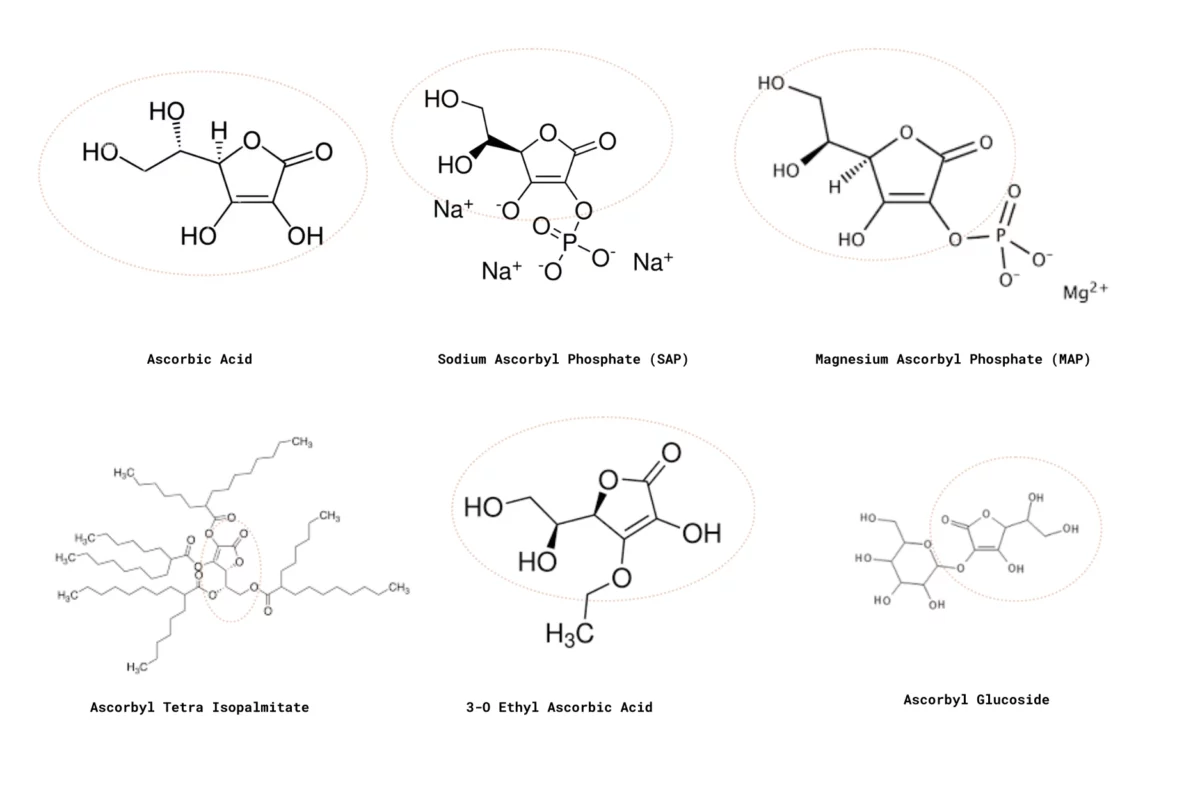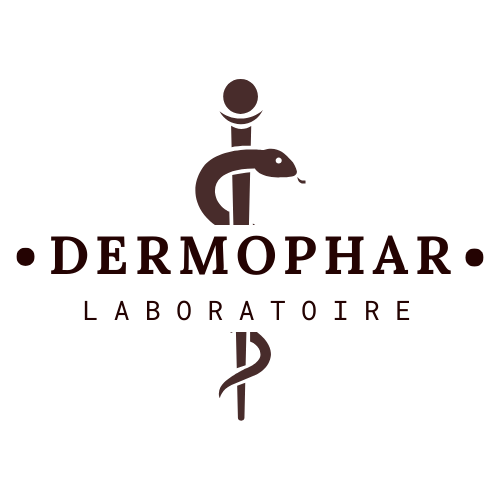Products & Trends, Science & Innovation
Vitamin C: what do French Pharmacy, K-Beauty and Dr Brands have to offer?
Vitamin C is an essential ingredient in cosmetics and dermocosmetics.
Vitamin C, the key ingredient in all formulas designed to improve skin radiance, blemishes and signs of aging, is also a difficult ingredient to formulate. That's why there are different forms and derivatives. Spoiler: not all derivatives are created equal. Here's an overview.
What are the properties of vitamin C?
Vitamin C is a flagship active ingredient in modern cosmetics, acclaimed for its multiple benefits for the skin. A veritable antioxidant shield, it neutralizes the free radicals responsible for premature aging and collagen degradation. By stimulating collagen synthesis, it firms skin and reduces wrinkles and fine lines. In addition, vitamin C inhibits melanin production, helping to reduce pigmentation spots and even out skin tone.
To fully unfold these effects, vitamin C needs to be well formulated. That's why ingredients like vitamin E and theferulic acid are often combined with ascorbic acid. These complementary antioxidants have scientifically demonstrated their role in stabilizing vitamin C, boosting its efficacy and enhancing protection against environmental aggressors.
Read moreThe French Pharmacy: a balance between efficacy, tolerance and simplicity
In pharmacy brands, vitamin C is available in classic, scientifically tested forms, formulated to suit all skin types.
- La Roche-Posay focuses on pure ascorbic acid at 12 % stabilized with vitamin E.
- SkinCeuticals offers high-concentration pure vitamin C (up to 15 %) in ultra-stabilized formulas (notably with vitamin E and ferulic acid, as in C E Ferulic), for powerful antioxidant action.
KEYWORDS
Ascorbic Acid and derivatives
- Sodium Ascorbyl Phosphate: better stability than vitamin C, limited skin penetration, little proven efficacy in vivo
- Magnesium Ascorbyl Phosphate (MAP): good stability, limited skin penetration, more documented efficacy in vivo, ideal for acne.
- Ascorbyl Tetra Isopalmitate: very suitable for sensitive skin, good stability, few in vivo studies.
- 3-O Ethyl Ascorbic Acid: a stable and increasingly popular derivative, with few studies yet available (excluding suppliers).
- Ascorbyl Glucoside: an interesting, stable derivative that has been well documented (in vitro studies).

K-Beauty: an innovative derivative combined with pure vitamin C
In Korea, vitamin C is available in innovative and often more stable forms, combined with pure ascorbic acid (CosRX).
Ethyl ascorbic acid (3-O Ethyl Ascorbic Acid)highly stable and soluble in both water and lipids, easily penetrates the skin. This dual solubility favors its antioxidant and lightening efficacy, although its ability to convert into active ascorbic acid in the skin has yet to be scientifically confirmed.
Dr Brands: shapes for sensitive skin
Expert dermatologist brands, such as Dr Shereen Idrissare based on more sophisticated, targeted forms.
Tetrahexyldecyl ascorbate (ATIP, INCI Tetrahexyldeycl Ascorbate) is a highly stable, lipid-soluble derivative that penetrates deep into the skin and converts to active vitamin C, delivering the three key effects of vitamin C - antioxidant protection, collagen stimulation and complexion brightening - while ensuring high tolerance.
Other popular forms of vitamin C
Ascorbyl glucoside (INCI Ascorbyl Glucoside)particularly present in natural formulas such as Aromazoneis stable and efficiently converted to ascorbic acid in the skin, offering a good balance between efficacy and gentleness, even if clinical evidence remains mainly in vitro to date.
What is the most popular shape for consumers?
A recent study analyzing consumer reviews of vitamin products sold on Amazon and Sephora revealed a surprising finding. Despite the diversity of forms and formulations on offer, consumers do not seem to differentiate significantly between the different vitamin C derivatives. Their first choice criterion is above all theperceived efficiency (complexion illuminator, spot reduction) and product sensoriality (texture, scent, ease of application).
In other words, the chemistry and stability of ingredients often take second place to the experience of use and immediate sensations. This reality underlines the importance for brands to strike a balance between scientific performance and cosmetic pleasure, as it is sensory satisfaction that builds user loyalty on a daily basis.
Subscribe to receive your weekly dose of inspiration
Sources
Al-Niaimi & Chiang, 2017. Topical Vitamin C and the Skin: Mechanisms of Action and Clinical Applications.
Campos PM, Gonçalves GM, Gaspar LR. In vitro antioxidant activity and in vivo efficacy of topical formulations containing vitamin C and its derivatives studied by non-invasive methods. Skin Res Technol. 2008 Aug;14(3):376-80. doi: 10.1111/j.1600-0846.2008.00288.x. PMID: 19159387.
Al-Niaimi F, Chiang NYZ. Topical Vitamin C and the Skin: Mechanisms of Action and Clinical Applications. J Clin Aesthet Dermatol. 2017;10(7):14-17.
Telang SP. Vitamin C in Dermatology. Indian Dermatol Online J. 2013 Apr-Jun;4(2):143-146. doi:10.4103/2229-5178.110593.
Meščić Macan A, Gazivoda Kraljević T, Raić-Malić S. Therapeutic Perspective of Vitamin C and Its Derivatives. Antioxidants. 2019 Jul 26;8(8):247. doi:10.3390/antiox8080247.
Lazar M, Rajanala S, De La Garza H, Vashi N. Consumer Preferences of Topical Vitamin C Products: A Comparative Study. Cureus. 2023 Sep 13;15(9):e45414. doi:10.7759/cureus.45414.


